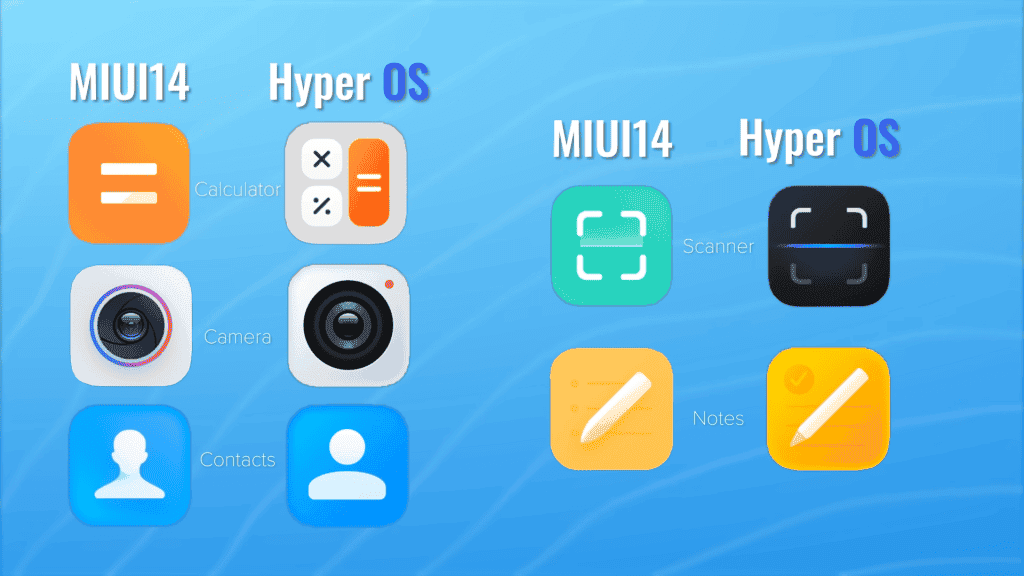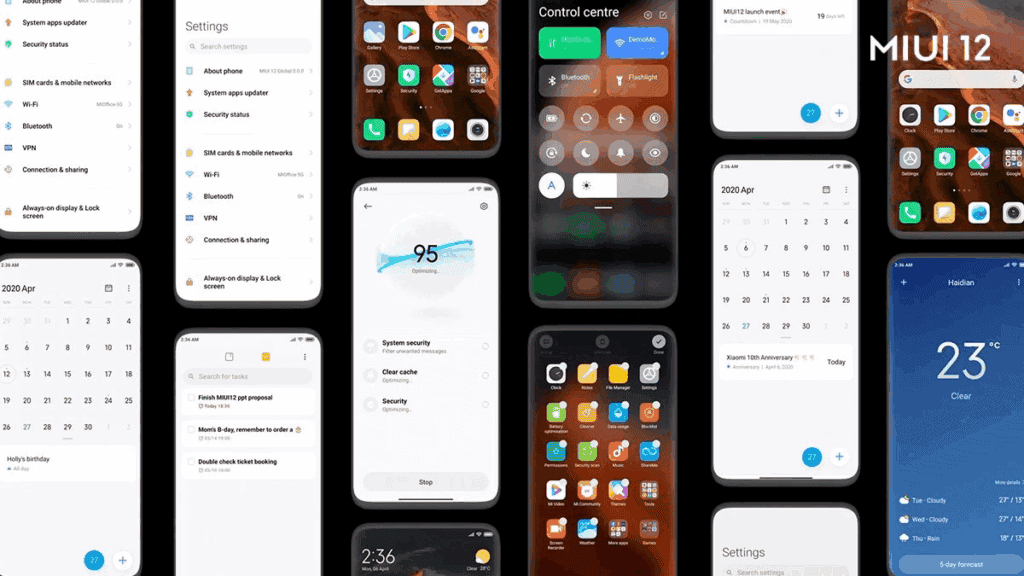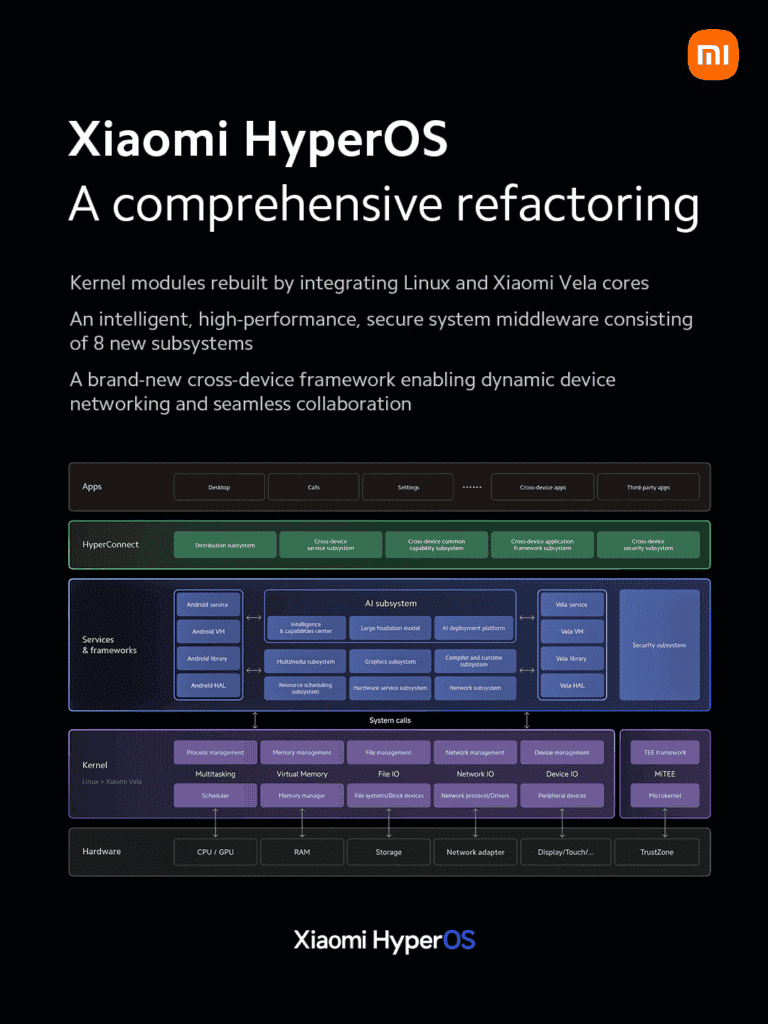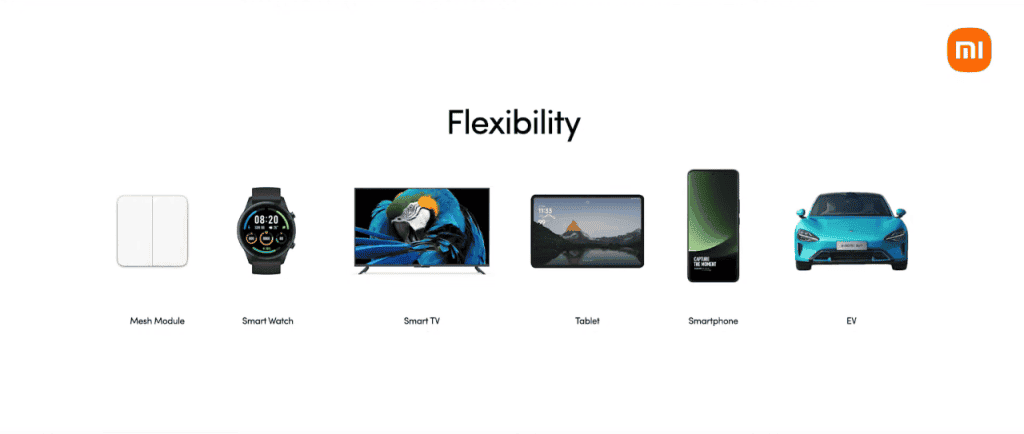Editorial
From MIUI to HyperOS: A Hyped Coat of Paint or Something More?
Marco Lancaster
July 22, 2025

Almost two years have passed since Xiaomi revealed HyperOS as its new OS replacement over MIUI. The latter has been a trademark for Xiaomi smartphones for several years, and we can easily say it was one of the most remarkable custom Android OS ever. Since its first smartphones, Xiaomi has tried to be different from the usual Android smartphones and built MIUI as its custom software skin. At the start, it was considered an iOS copycat, but the software quickly evolved to be unique in its own right.
Despite all the praise, MIUI always suffered criticism due to certain performance shortcomings. Certain performance issues usually appeared after a certain period of usage. Xiaomi tried to revamp it multiple times, but in October 2023, it decided to change its name – and the philosophy behind it. Almost two years have passed, so is HyperOS living up to the hype of replacing MIUI? Or is it just MIUI with a different name? Let’s discuss this matter.
HyperOS – It looks Familiar, Because It Is
When HyperOS arrived in October 2023, the promise was particularly bold. The software was expected as a reinvention, not a mere update. It would be a new chapter to unify phones, tablets, wearables, smart home devices, and even vehicles under one operating system. The philosophy is partially similar to what Huawei did with HarmonyOS. Xiaomi wanted HyperOS to be the backbone of its entire ecosystem.
 HyperOS and MIUI side by side.
HyperOS and MIUI side by side.
Now that the update has made its way to users across the world, it’s time to look beyond the marketing terms and ask a simple question. Is HyperOS new, or is it just MIUI in a cleaner, fancier outfit?
We didn’t see MIUI 15, so users updating to HyperOS came from MIUI 14. The first impression for users who updated from MIUI 14 is that HyperOS is strikingly similar. It’s okay. Making drastic changes all of a sudden, after years of consolidation, could be strange.

The home screen layout is still there, the app drawer, notification panel, and even the settings menu look mostly the same. Fonts have changed slightly. Animations feel smoother, and there are new wallpapers and some extra polish. But in overall, this is not a radical visual refresh. It plays safe.
No Major Visual Revolution
Some users might feel underwhelmed. After all the hype, many expected a big revolution like what Apple did when it transitioned to iOS 7 or when Google moved from Holo to Material Design. These changes were massive, but we have to agree that even for these two brands, it is hard to repeat the feat. Apple has been adopting a more conservative approach since iOS 7, betting on incremental and slow changes, with Liquid Glass probably being the most drastic overhaul.
Google, on the other hand, has already made multiple changes in Android since the first iteration of Material Design in Android 5.0 Lollipop. It delivered an overhaul with Android 9.0 Pie, and then changed everything with Android 10. Now, Android 16 gives a fresh look and more versatility over what was implemented 5 years ago. Good changes from Google, but these still don’t come close to the Holo to Material transition. That said, we believe that it wasn’t too easy for Xiaomi to depart from the consolidated visuals of MIUI.
MIUI Used To Change a Lot, But Things Changed With MIUI 12
MIUI already had its good portion of big changes. In fact, for a time, Xiaomi used to make big changes in the UI with every release. MIUI 6 was a big visual leap over MIUI 5 with transparent elements, including the notification panel. MIUI 8 changes things with a different approach, with a top banner and opaque background. Then, MIUI 10 changed it again, and so far, the visuals implemented with the tenth update have been the backbone in subsequent versions, with MIUI 12 being the last big change in terms of UI.
Read Also: Redmi 15C official details leak: price, specs, and features revealed

HyperOS still has the same visual elements found in MIUI 12, with some changes here and there. More refined animations, new visual tweaks, but in essence, we are still seeing an evolution and not a revolution. However, HyperOS isn’t a visual shift, and the changes are not on the surface. It’s an underneath update, at least for now.
The Real Changes Are Underneath
We can give Xiaomi some credit after all those years. Not all changes are meant to be seen. At least not for now. HyperOS is built on a new framework that blends Linux with Xiaomi’s in-house Vela system. The approach is meant to support a wider range of hardware beyond phones. It lays the groundwork for devices like the Xiaomi SU7 EV and future smart home products that will run the same core system.

There are also some subtle, but important changes in performance. The boot times are slightly faster. The background memory management has been improved. Some users report smoother multitasking and fewer slowdowns on older hardware. These gains might not be revolutionary, but they matter over time. Battery life has also been significantly better on some smartphones. Perhaps, the result of refined system-level resource handling.
There are still some things that need improvement, but we may see more underground changes coming with the next updates.
The Real Deal – HyperOS and The Ecosystem Play
HyperOS may not be revolutionary at this point, but it is expected to shine in the long run. It’s not only associated with your smartphone, but with other Xiaomi devices in general. Xiaomi wants a seamless experience when users move between phone, tablet, and even car. You can start editing a photo on one device, continue it on another, and pick up a call from a third. Interestingly, this direction is similar to what Samsung and Apple have been pushing with One UI and iOS, respectively. With HyperOS, Xiaomi builds a new foundation for what comes next, and it will seriously follow this path.

Still, that vision will take some time to deliver big fruits. Right now, for the average phone user, HyperOS feels like MIUI with a big marketing around it and some under-the-hood tuning.
Conclusion
So, what is HyperOS for you? A fresh coat of paint or something beyond it? To be honest, the answer is both. For now, it looks like a refined version of MIUI. Perhaps, if we change the logos to MIUI 15, we could easily trick anyone updating from MIUI 14.
The deeper system changes and long-term ecosystem strategy suggest that Xiaomi is thinking bigger. The real transformation may not be what users see today, but what becomes possible tomorrow (For those who come after).
It’s still not a big revolution, but in the long term, we may see HyperOS becoming something more ambitious. Interestingly, it seems that the next HyperOS 3 update will finally bring more noticeable changes.
Disclaimer: We may be compensated by some of the companies whose products we talk about, but our articles and reviews are always our honest opinions. For more details, you can check out our editorial guidelines and learn about how we use affiliate links.Follow Gizchina.com on Google News for news and updates in the technology sector.